
Welcome, creative entrepreneur, to our business series! We’ve talked about the importance of bookkeeping and your bookkeeping options. Now let’s talk about some of the fun stuff you should be keeping in those books.
When it comes to recording your financial info, you basically can’t record too much. Everything is important, whether for tax purposes or for your own calculations.
The biggest category of info that you will spend your time recording will be your business’ expenses. Your business probably has lots and lots of expenses, whether you realize it or not. Let’s divide our expenses into two categories, product-related and non-product-related. These categories make the most sense if you make physical products, but the concept can still apply if you’re a service-provider.
PRODUCT-RELATED EXPENSES:
- Direct supplies and material costs – these are the items that directly go into your sellable products. For a seamstress, that’d be things like fabric, elastic, or ribbon. These are probably the most obvious expenses, and not too difficult to keep track of.
- Indirect supplies and material costs – these are items that go into making a product, but we can’t necessarily track exactly how much of it goes into each item because it’s either impossible or cost-prohibitive. These are things like glue or thread. I know I used thread to make that purse, but I can’t tell you exactly how many inches or feet went into each one. I know I used glue to make my yarn wreath, but there’s no way for me to be totally sure how many ounces or what-nots of glue went into it.
- Tools, machines, and other items used to create your sellable products – they aren’t literally a part of your product, but you couldn’t make it without them. Examples are your sewing machine, scissors, pliers, or a cutting mat.
- Expenses related to putting your products up for sale and selling them – all those little fees and charges you pay to list your products online or accept payment for a sale, like Etsy listing fees, Etsy’s cut of your sale, Paypal charges, credit card fees, etc.
- Shipping and Packaging costs – including boxes, mailers, labels, envelopes, a postage scale, and decorative packaging items. This also obviously includes the actual price of postage.
- Labor – it’s sort of an expense that you make up yourself, but this is the cost of your time if you were paying yourself an hourly wage to make your products and work on your biz.
NON-PRODUCT EXPENSES:
- Craft show registration fees
- Startup and legal fees for licenses, permits, etc.
- Display expenses, like jewelry stands, tags, earring cards, racks, tables, pop-up tent, etc.
- Photography expenses, like a light box, new camera, props, editing software
- Promotional material costs (like printing) for business cards, postcards, stationery, custom stamps, labels, etc.
- Advertising expenses
- Design and web development costs for your website, web hosting, logo, banner, etc.
- Research and development expenses for product research, prototyping, business education classes or e-courses, consulting services, books, etc.
- The cost of gas for driving to the post office, craft store, craft fair, business meeting, etc., and lodging for staying overnight for any of these reasons.
The main point is that your business can have a lot of different expenses. And you need to be recording them all! Thorough expense-tracking serves three main purposes:
- You’ll get a better picture about whether your business is actually making a profit or not, and
- You can more accurately price your products or services to make a profit.
- You’ll be able to use most of these expenses as deductions when tax time comes around.
LET’S DISCUSS.
About #1, are you really making money at the end of the day? When you make sales, it might feel like you’re raking in the cash. If you’re only subtracting the cost of your supplies from that revenue (because it’s the only expense you’re tracking), you may feel like you’re really successful, and then wonder why your bank account doesn’t reflect that.
If you are truly tracking all of your expenses, you can get a good grasp on whether your business is profitable, how much so, and adjust accordingly. You will also get a better idea of where you’re spending too much money and where you can cut back, and whether your pricing formula needs adjusting or not.
Which leads us to #2, all of your product-related expenses (and possibly even some of your non-product-related expenses) should be considered when it comes time to price your product.
A lot of beginning creative biz owners make the mistake of only considering the cost of their supplies (plus maybe labor) when pricing their product and then end up grossly under-pricing themselves; look how many expenses they’re forgetting about!
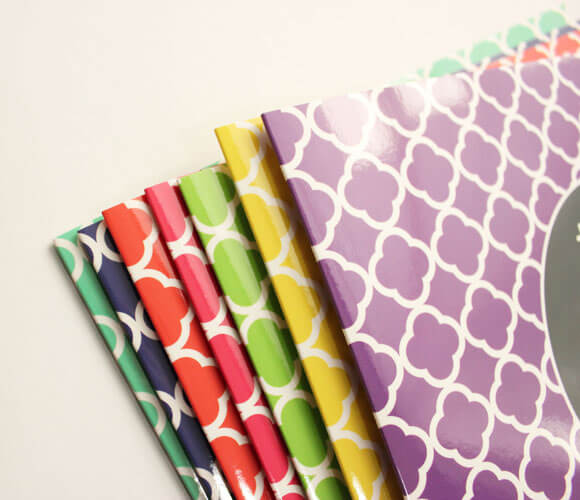
As far as #3 goes, most of the expenses listed above can be deducted on your tax return. This is a good thing, because the more you can deduct, either the less money you owe the IRS.
The important thing to remember is that you need to keep proof of all your expenses in order to deduct them. Save those receipts, yall! Or star your emails and file them away. Just don’t expect the IRS to be cool with hundreds of dollars of expenses with no support.
Whew! That was a lot of ground to cover. Remember that there are lots of ways to organize your financial data and your expenses. Find what works for you that you will update consistently. The easier your system allows you to capture all your expenses in appropriate categories, the better.
That’s enough left-brain for today. Time to take a break and give yourself a pat on the back for paying attention through this entire post. It wasn’t too painful, was it?
If you need help with the financial side of your creative biz, check out our bestselling Etsy Seller Spreadsheet and the Inventory Cost & Pricing spreadsheet.

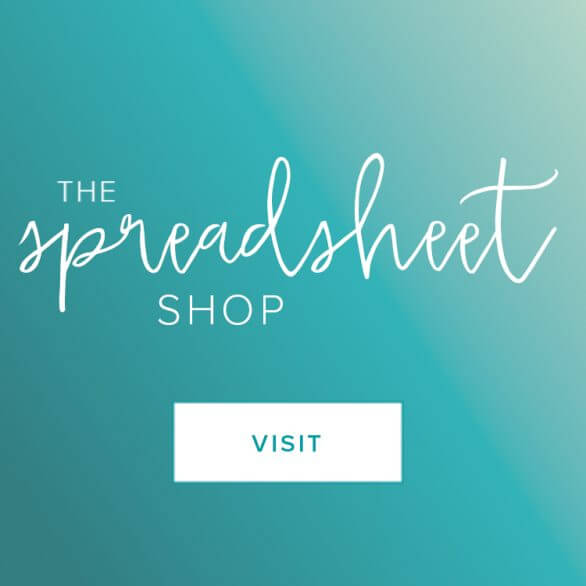
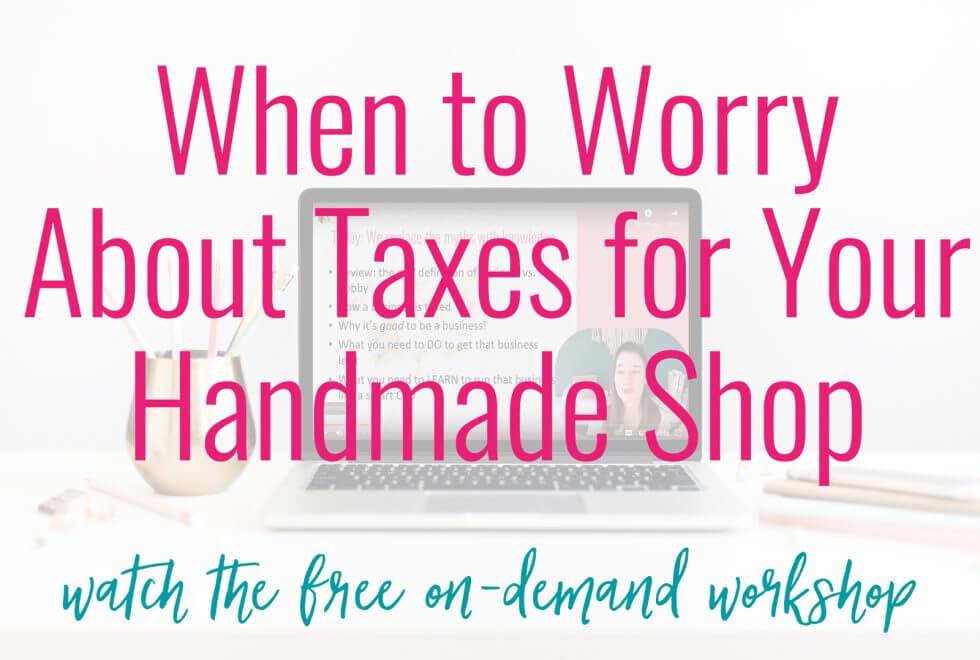
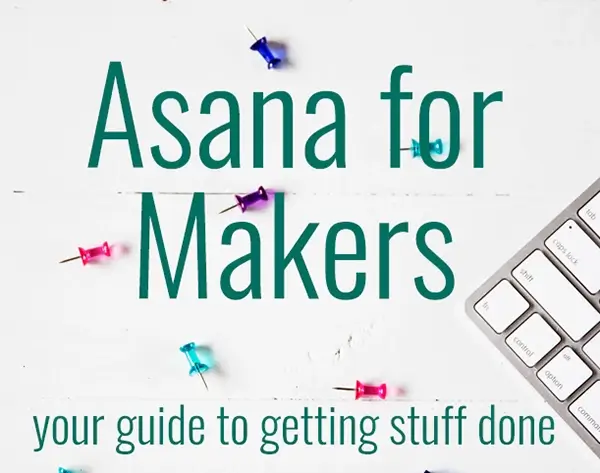
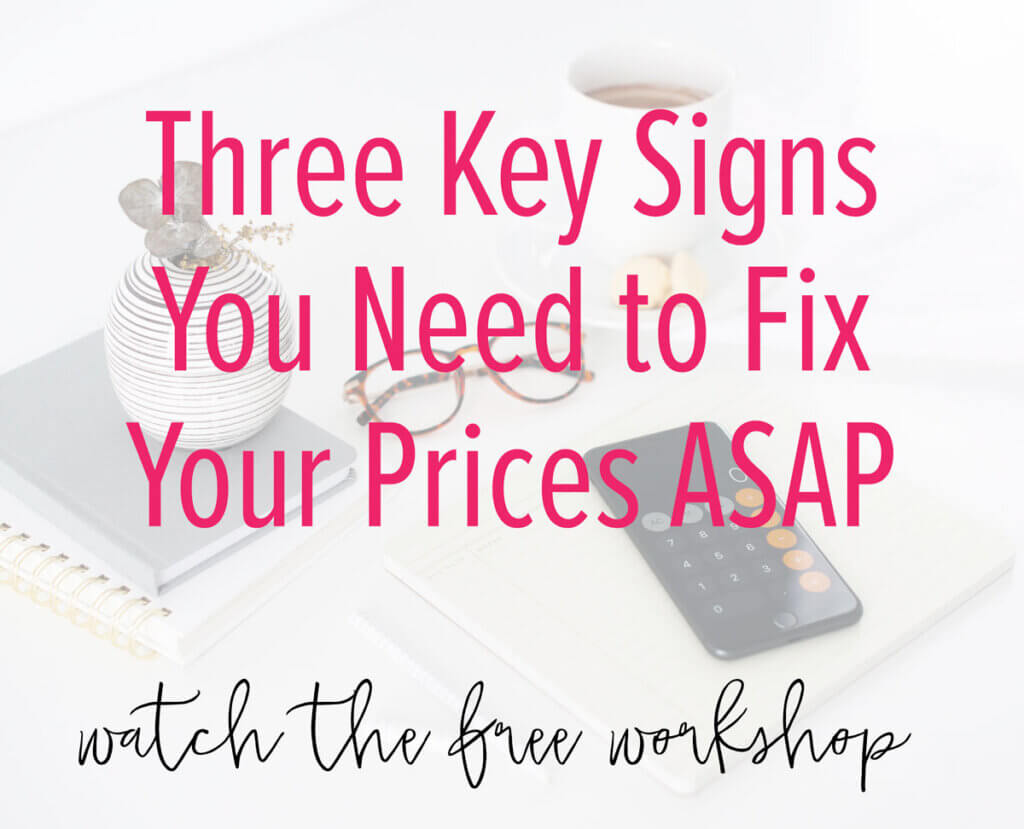

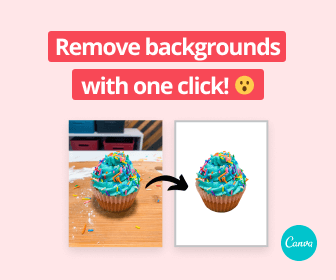
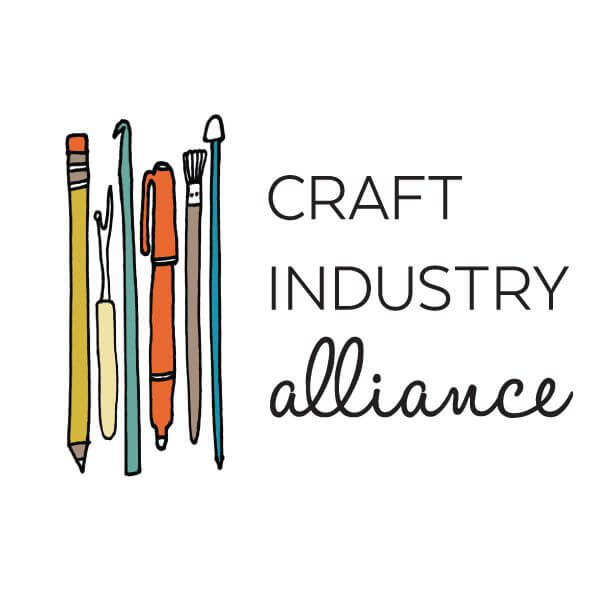


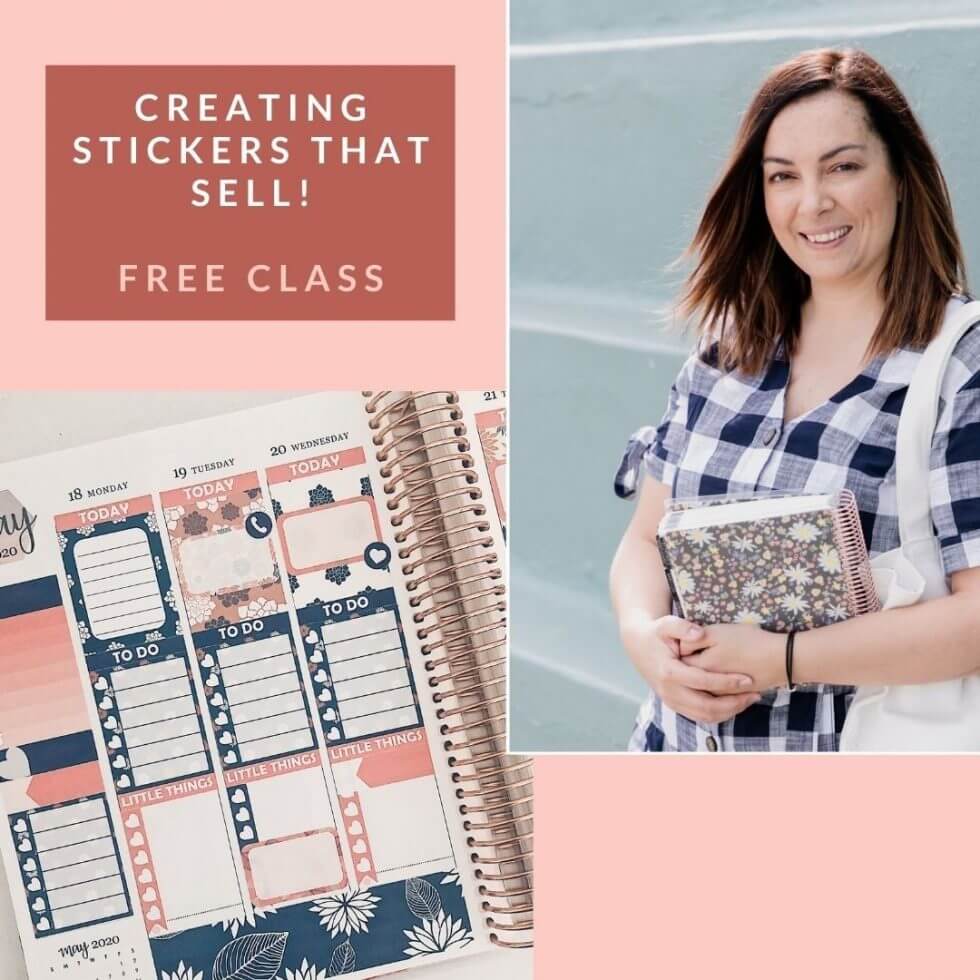
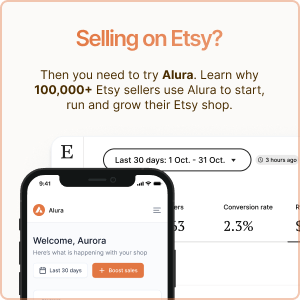
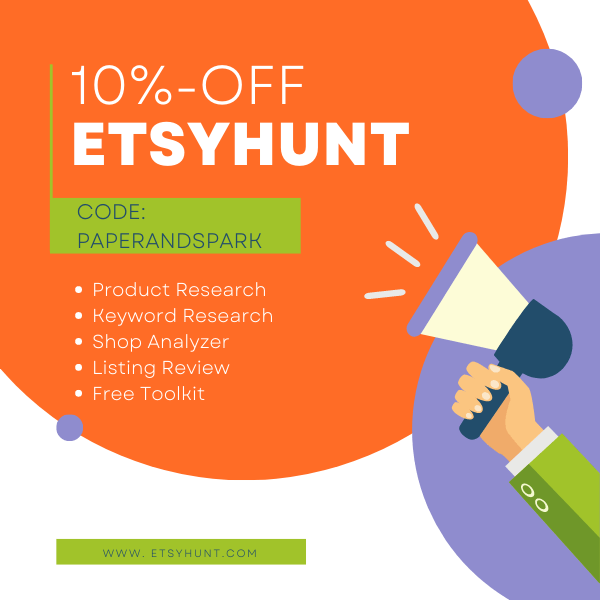
For me it’s not spending it, especially when I need more of something.
We need to be better about tracking our expenses. Great post!
I absolutely love this series and how you have created such pretty stuff to do such ugly tasks! LOL I am going to take after you and share what I come up with!
I understand Shelby! I’m always wanting to buy more stuff or supplies 🙂 It’s hard to resist!
Thanks Jena! Glad you are enjoying it!
Great tips! Pinning for later! I am definitely bad at keeping track of everything.
Love the notebook! I need to get better at tracking – thanks for the tips!
I am so bad about this, but I’m going to have to come back and reference this post a lot!
[…] 2.Tracking Expenses & Keeping Records for your Creative Biz […]
[…] note, before you read this post, I suggest you read our posts on tracking expenses and accounting for overhead to better understand the concepts we’ll discuss […]
[…] is why having an accurate, up-to-date bookkeeping system and recording ALL of your business expenses are very […]
These are fantastic tips for newbies! Thanks for sharing!
For me it’s not spending it, especially when I need more of something.
We need to be better about tracking our expenses. Great post!
I absolutely love this series and how you have created such pretty stuff to do such ugly tasks! LOL I am going to take after you and share what I come up with!
I understand Shelby! I’m always wanting to buy more stuff or supplies 🙂 It’s hard to resist!
Thanks Jena! Glad you are enjoying it!
Great tips! Pinning for later! I am definitely bad at keeping track of everything.
Love the notebook! I need to get better at tracking – thanks for the tips!
I am so bad about this, but I’m going to have to come back and reference this post a lot!
[…] 2.Tracking Expenses & Keeping Records for your Creative Biz […]
[…] note, before you read this post, I suggest you read our posts on tracking expenses and accounting for overhead to better understand the concepts we’ll discuss […]
[…] is why having an accurate, up-to-date bookkeeping system and recording ALL of your business expenses are very […]
These are fantastic tips for newbies! Thanks for sharing!
Thank you so much for writing such greatly needed information. I just finished a three year formulating course and ready to begin my own business – I find pricing for each unit of product very difficult – hence finding you on google.
If you could point me into what to read about first that would be wonderful
Thank you!
Kim